May 10, 2010 | Society, Travel
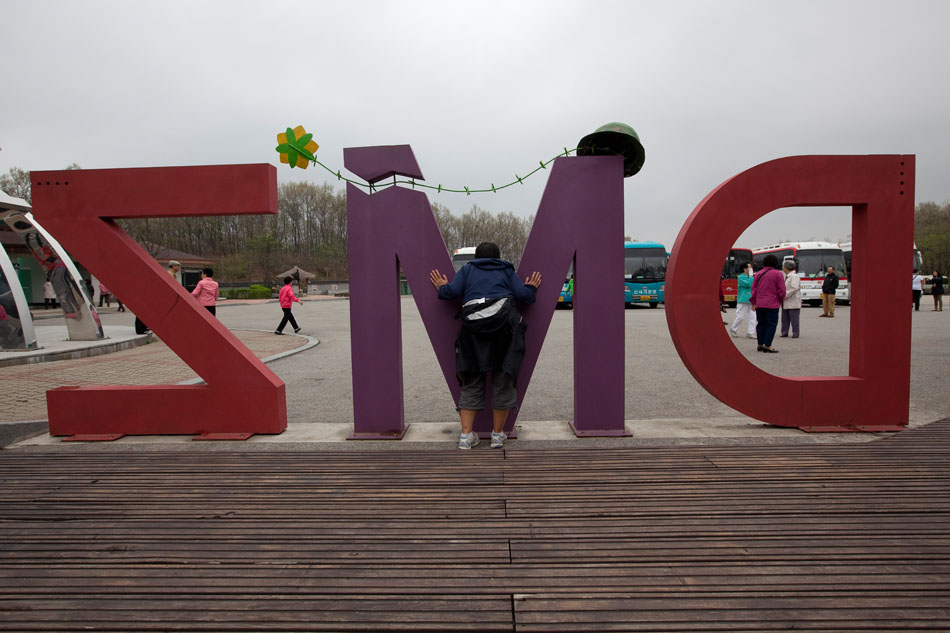
Easily the most heavily guarded border in the world, the Korean Demilitarized Zone (DMZ) with the Military Demarcation Line at its center marks the last line of engagement between North and South Korea when an armistice agreement ended open fighting in 1953. Since then the DMZ remains an open sore on the Korean peninsula and a constant reminder of the tenuous relationship between the ethnically bound but politically split countries. Although numerous incidents have taken the lives of military personal in the DMZ over the years, South Korea now heavily promotes the DMZ as a tourist destination within easy reach of Seoul. Domestic and international sightseers spend the day in the Joint Security Area within plain sight of North Korean guards before hitting up gift shops, the DMZ Pavilion, unearthed North Korean incursion tunnels and other noteworthy sites. Tours then end in Dorasan Station, a modern but unused train station built near the DMZ as a gesture by South Korea to express their wish for peaceful reunification. Such hopes continue to be set back, however, as South Korea is now blaming North Korea for the sinking of a naval ship in March that took the lives of 46 South Korean sailors.
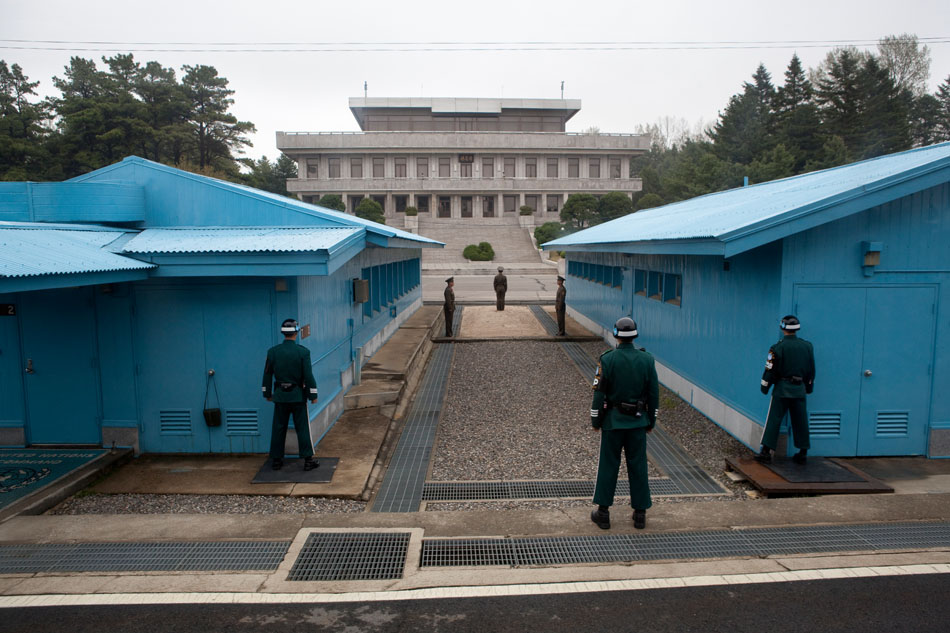
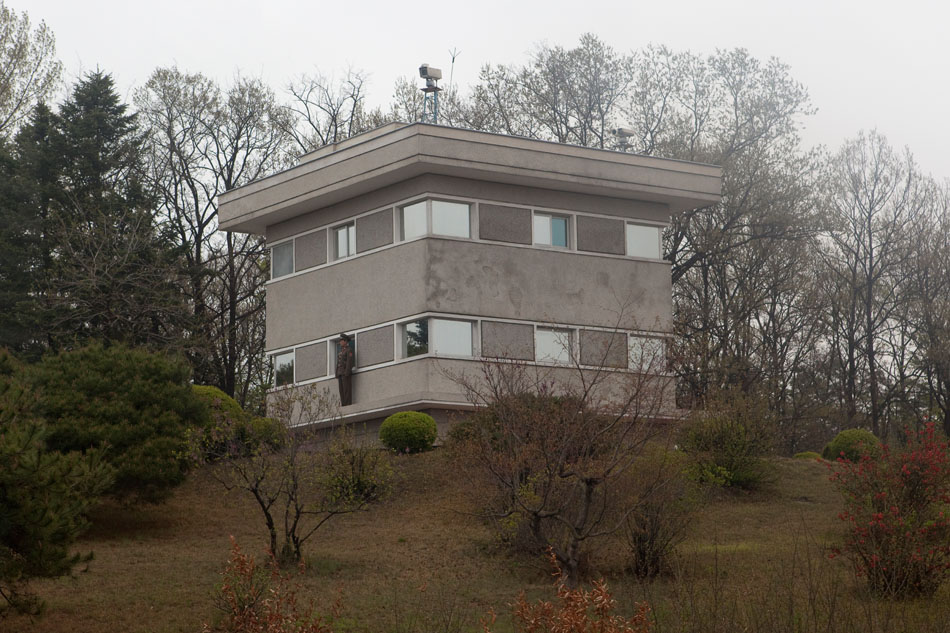
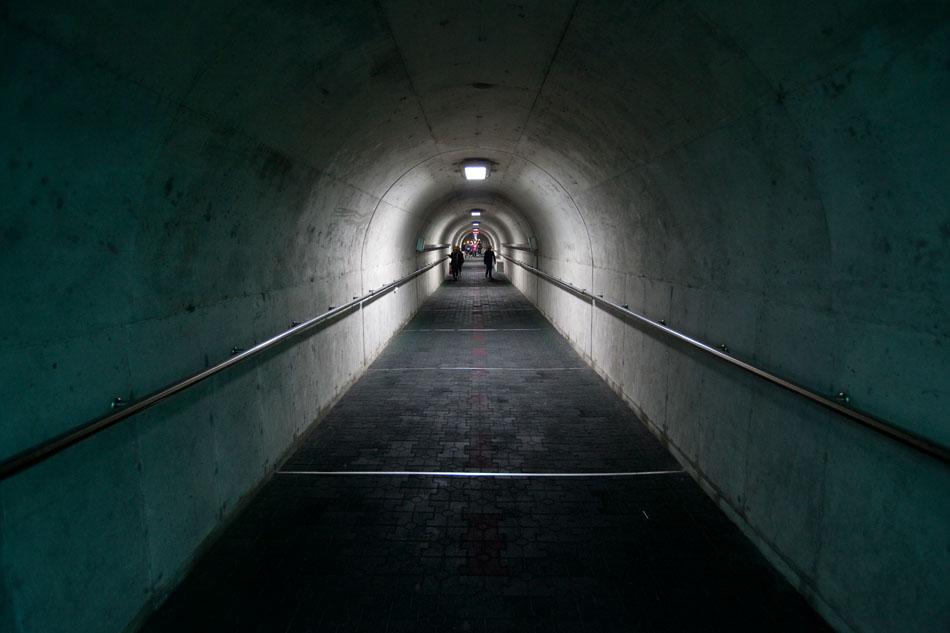
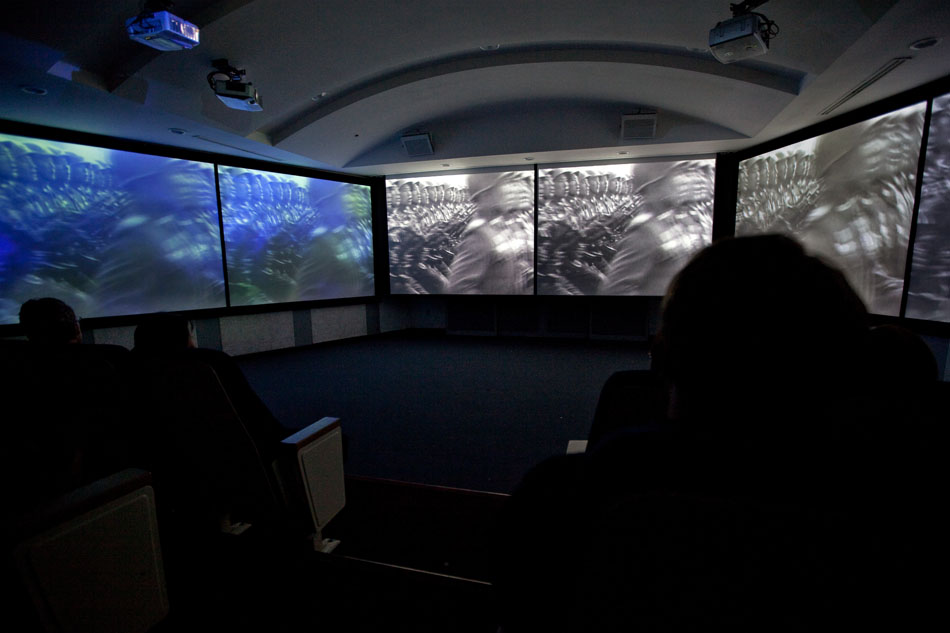
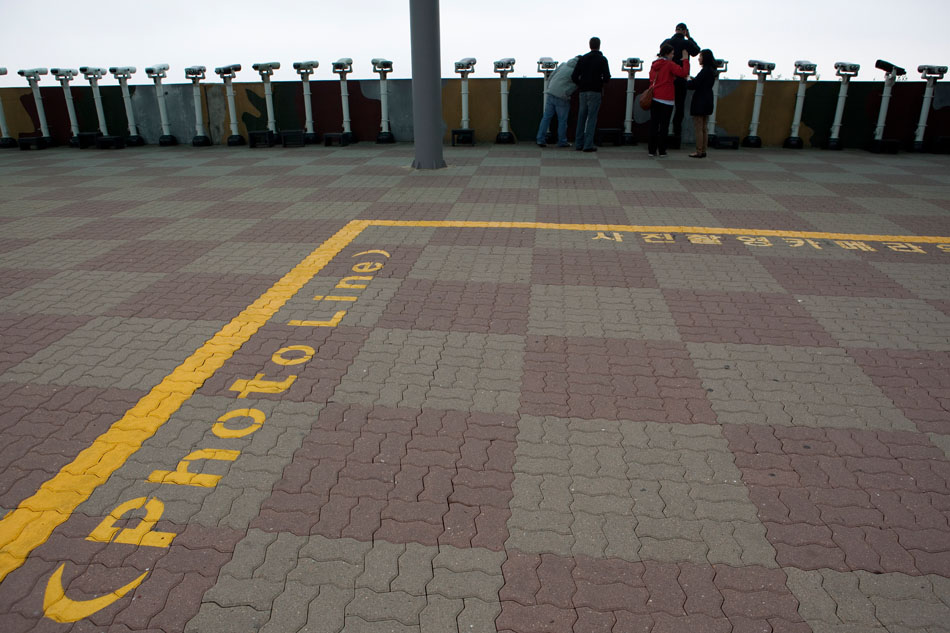
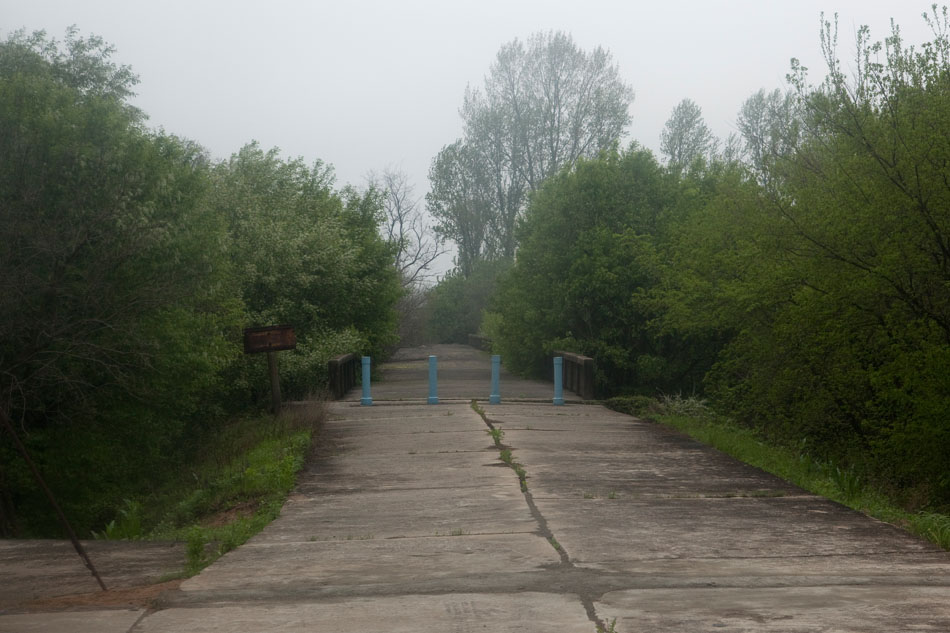
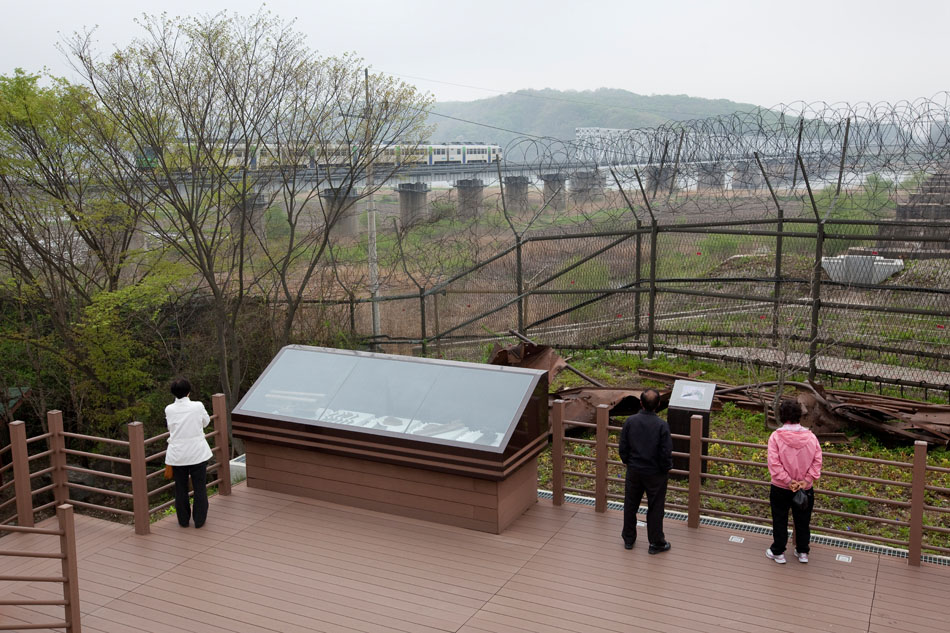
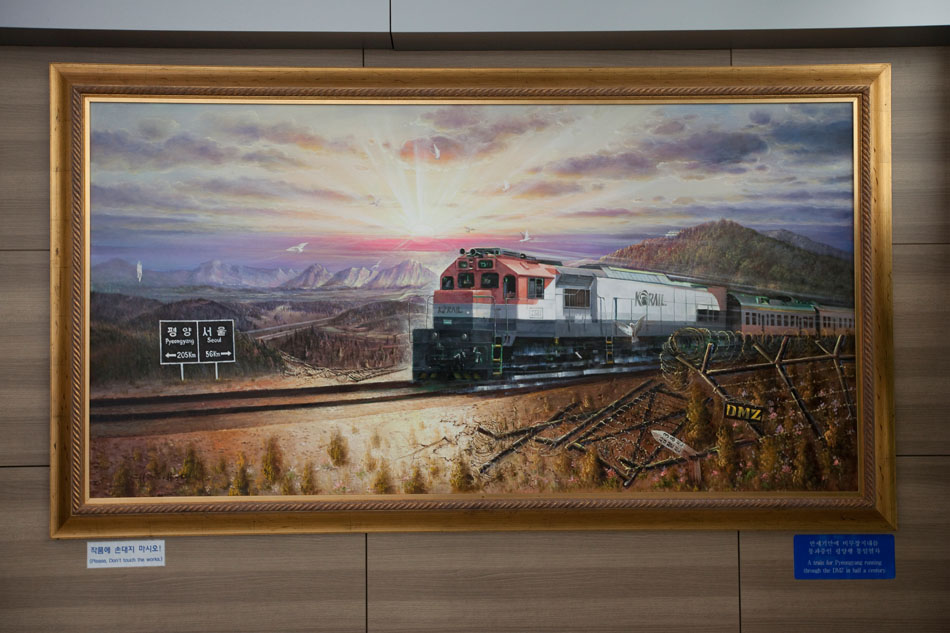
Apr 28, 2010 | Counterfeit Paradises, Society
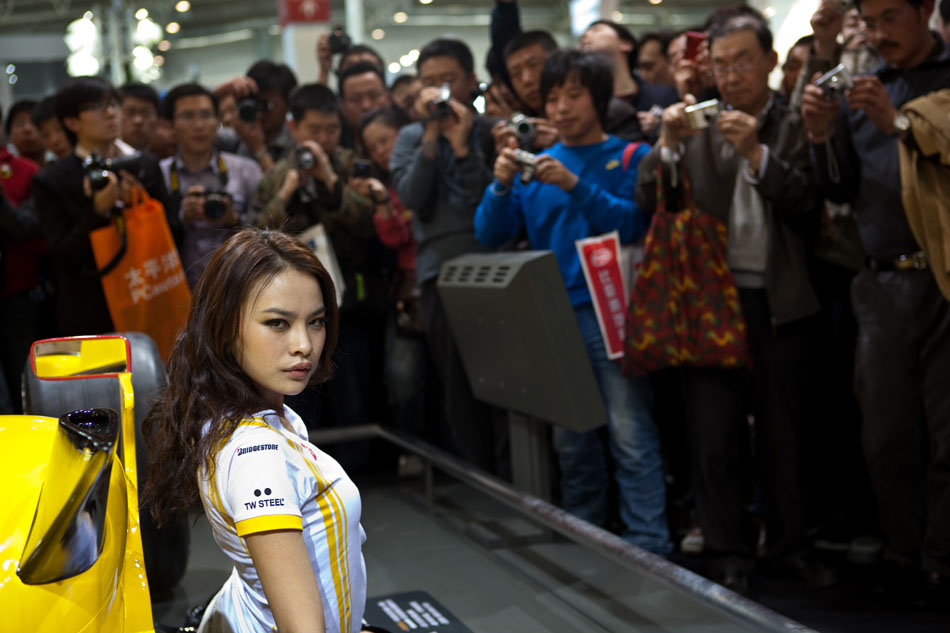
Cars are quickly becoming the most hypersexualized and sought after commodity in China. Purchases already surged 45% last year, surpassing the US with 13.6 million vehicles sold, and show no sign of stopping. The greatest manifestation of this phenomenon is now the Beijing International Automotive Fair held every year on the outskirts of the city. With scantily clad models striking poses in every booth, over 40 luxury cars were sold in the first few days alone including a Bugatti Veyron sporting a 5.5 million USD price tag. Every car manufacture in the world comes to pay homage to the fastest growing car market on the planet.

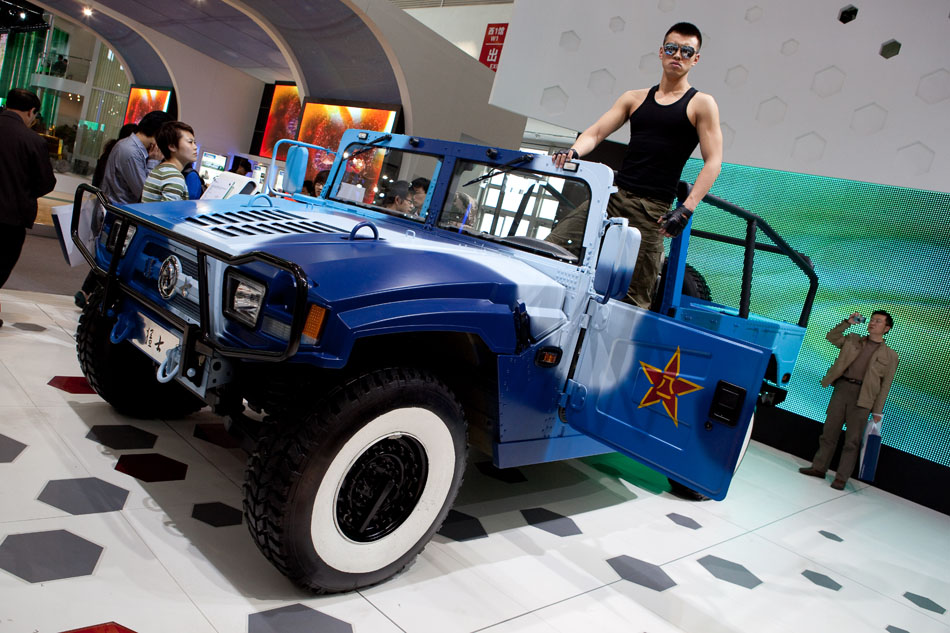


Apr 11, 2010 | Society
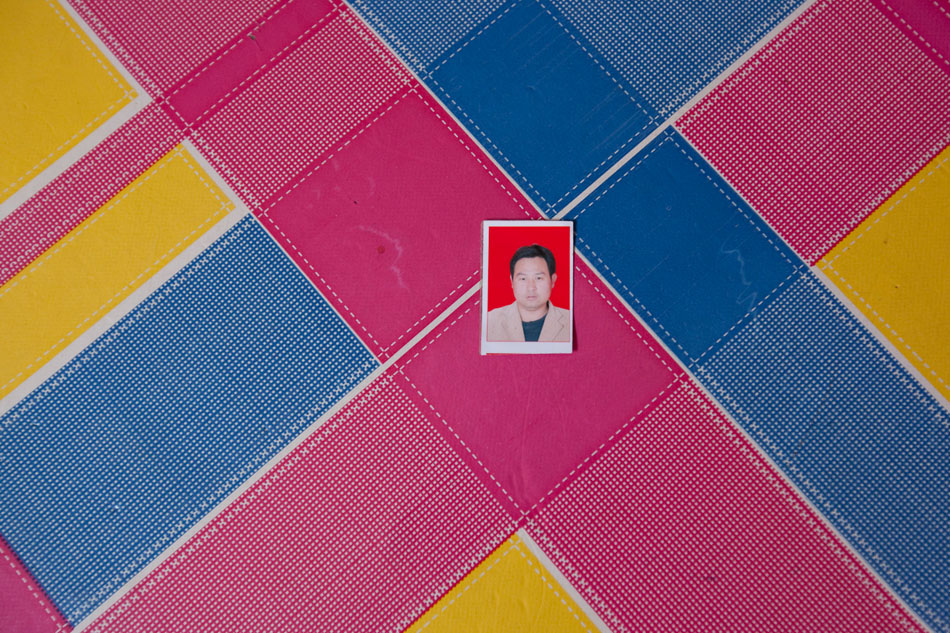
This past weekend I embarked on a very intense assignments. Working with the potentially bereaved wife of a Shanxi coal miner, Shi Weike, only a week after a major mining incident was delicate work to say the least. Shi Weike moved between different jobs in rural Shanxi before taking up the dangerous but relatively lucrative position as an electrician in the Wangjialing coal mine. Coal is big business in the mineral rich but relatively poor province and provided Shi Weike with steady income to support his wife, Guo Qinqin, and daughter, Shi Rongrong. However, on the morning of March 28, the main shaft of the Wangjialing coal mine flooded when workers accidentally broke into an abandoned shaft filled with water. Although over a hundred miners were miraculously rescued over a week after the flooding, the fate of Shi Weike looked dark as the government still refused to list the names of the survivors and deceased. His uncle, Yang Shirong, faced the task of consoling Guo Qinqin who after two-weeks of waiting is began to lose hope for her husbands’s survival. Every day she stayed in bed and took an intravenous glucose drip due to her inability to eat. Shi Rongrong, her six-year-old daughter, was also not informed of the possible loss of her father. Like many other coal mining families Quo Qinqin will now have to seek compensation from the government in order to support her family. Coal miners die on an average of seven per day in Shanxi as safety regulations continue to be overlooked across the province. Taking the photos of Guo Qinqin on her mourning bed was one of the toughest things I have had to capture in my life. You can see the article and slideshow online at the Wall Street Journal website.
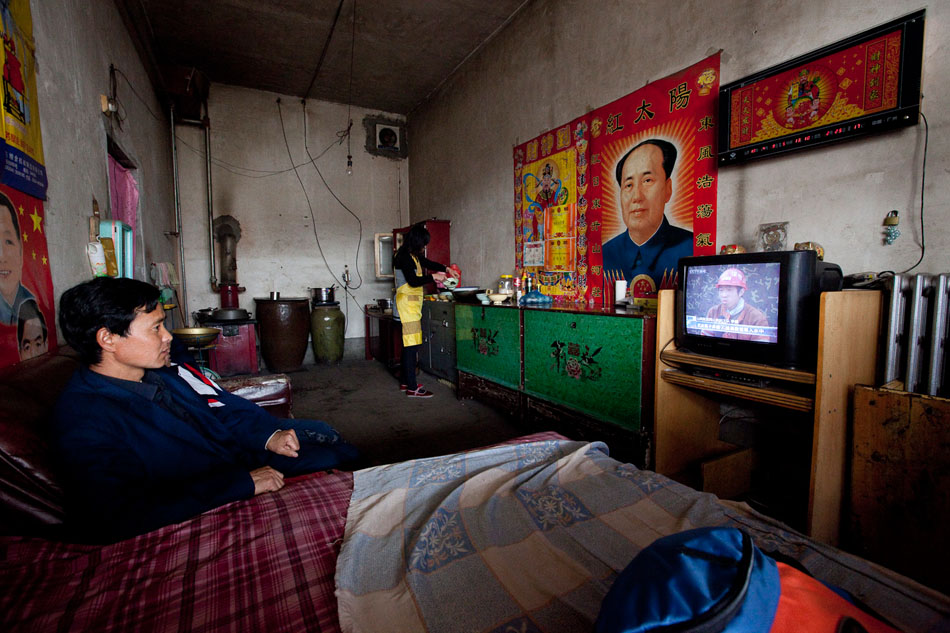
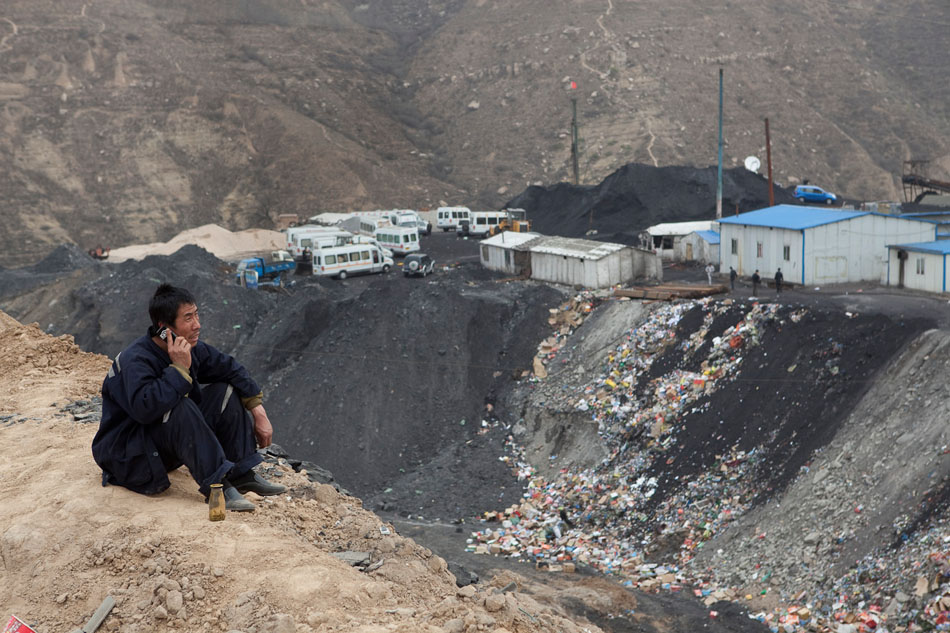
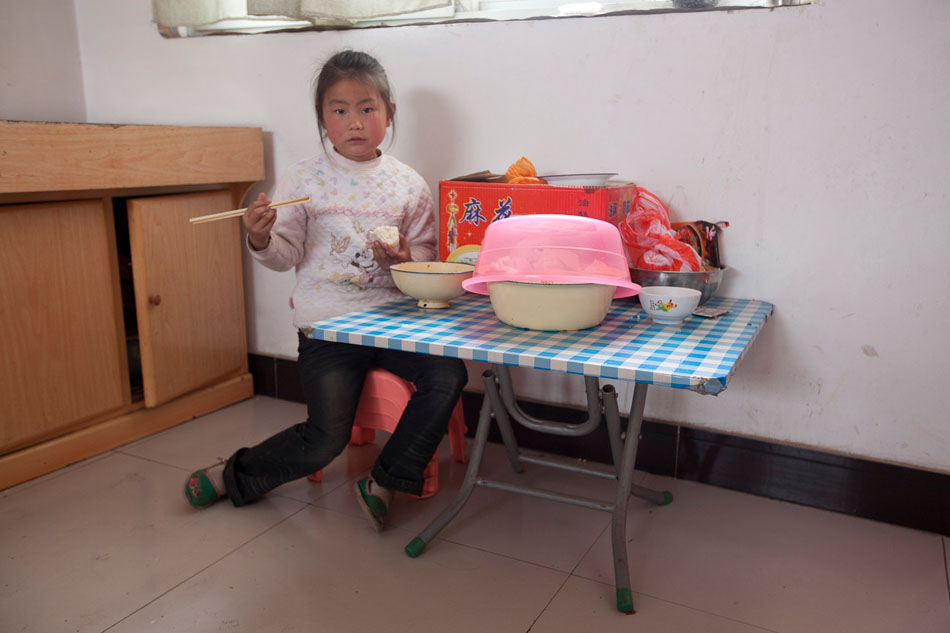
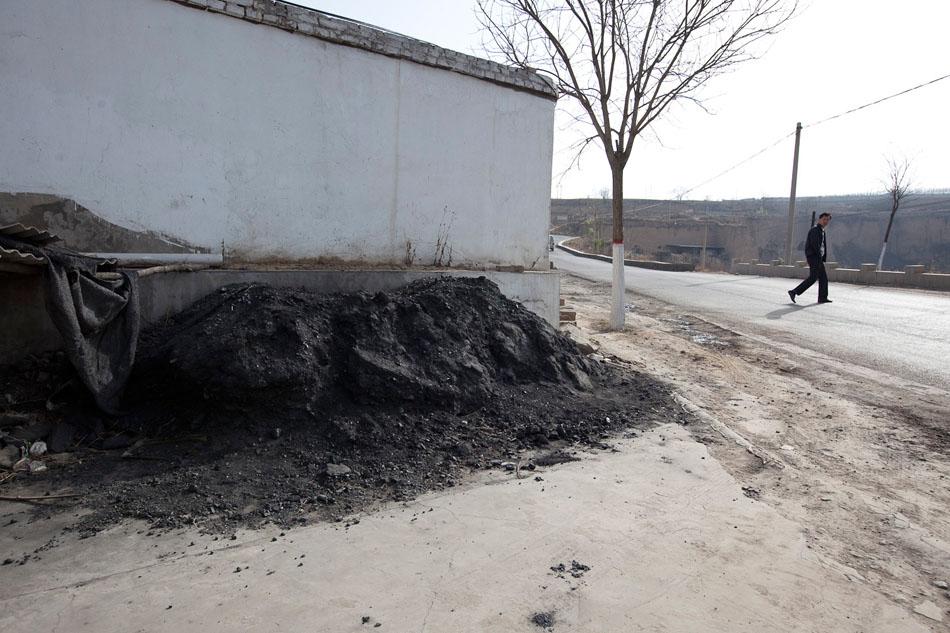
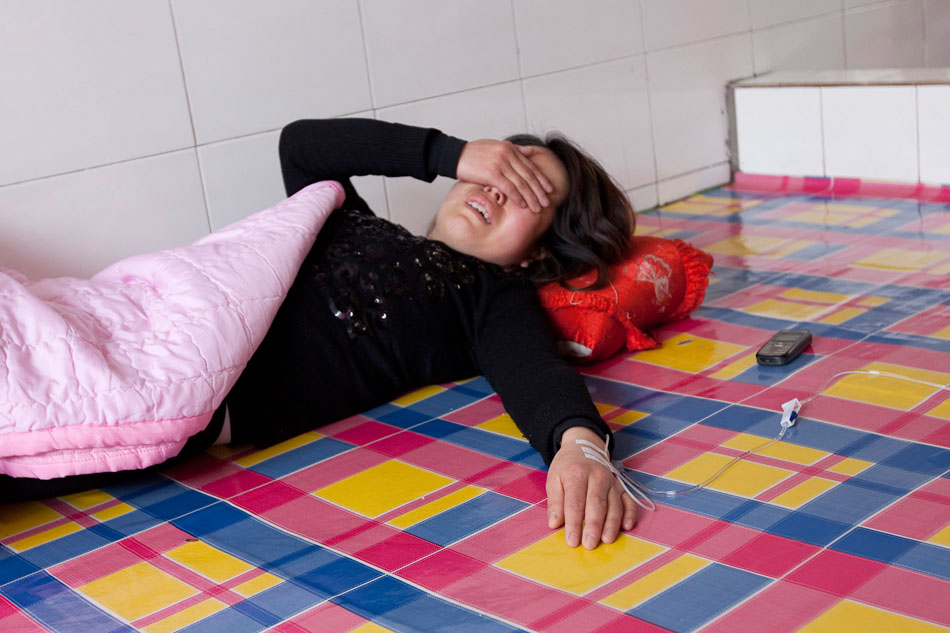
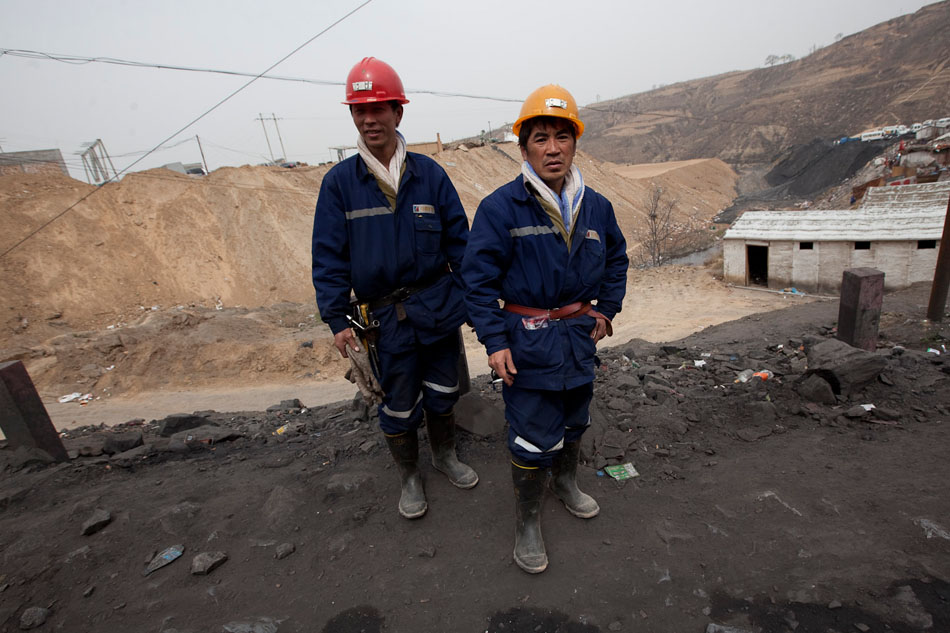
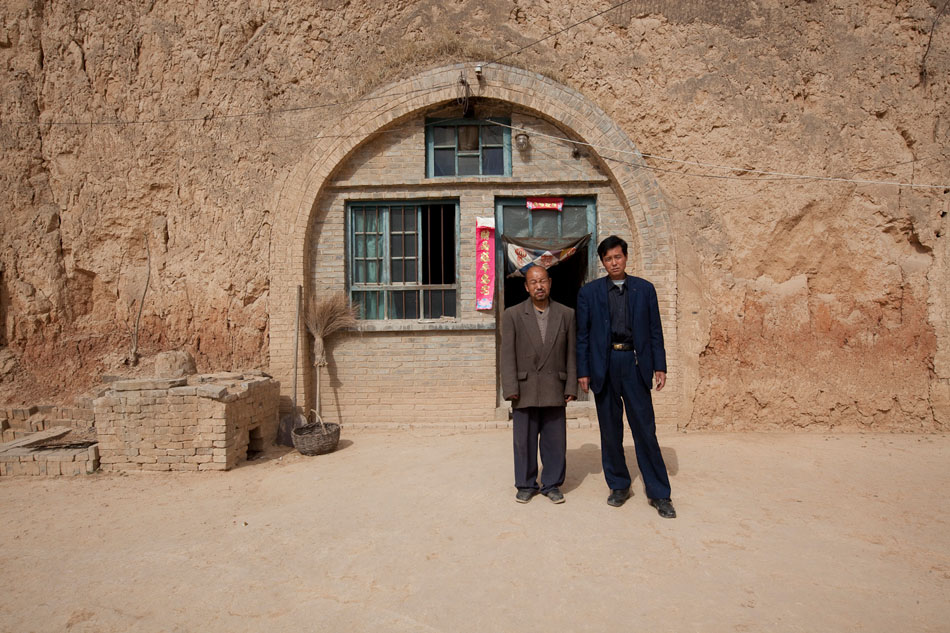
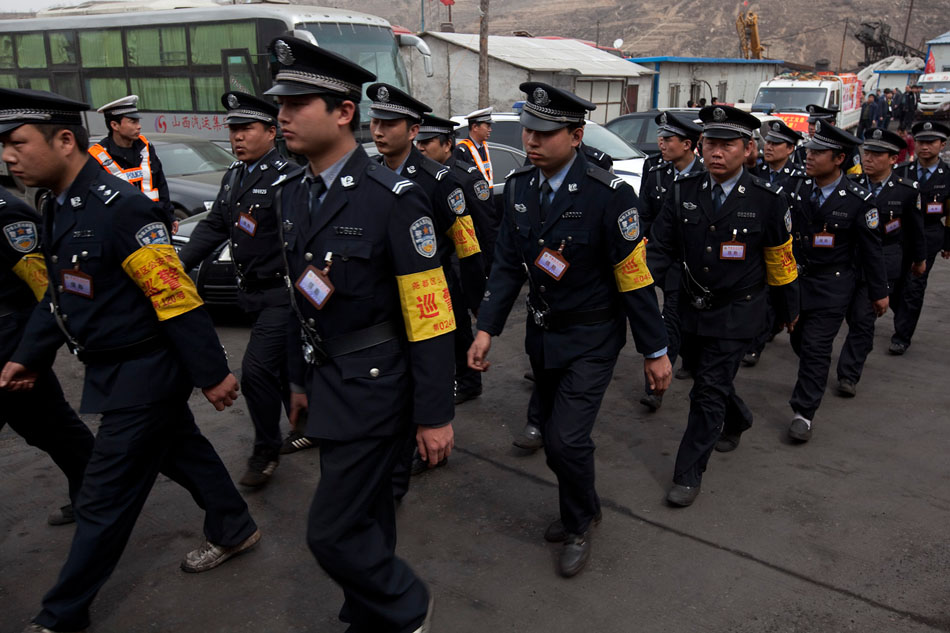
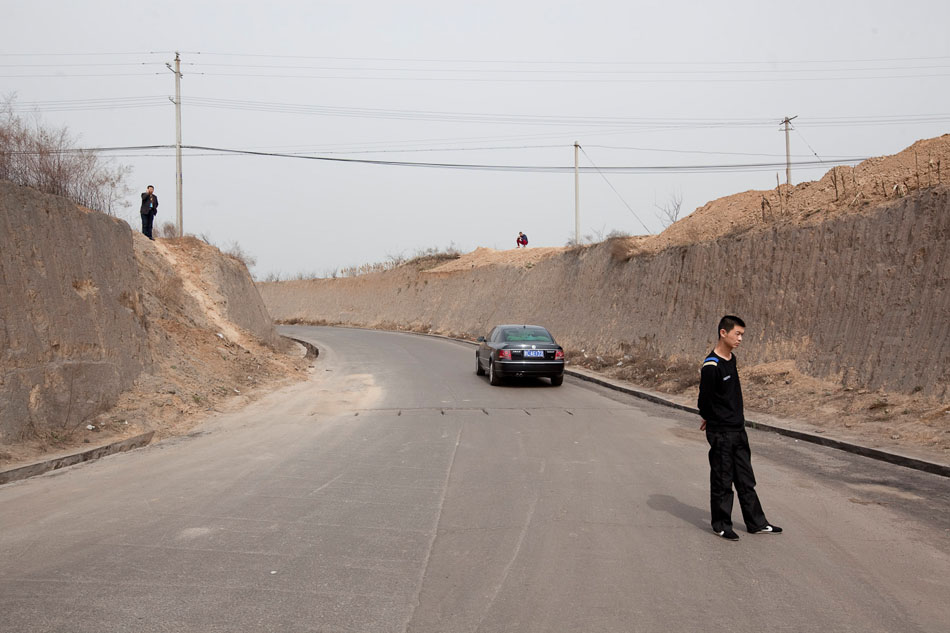

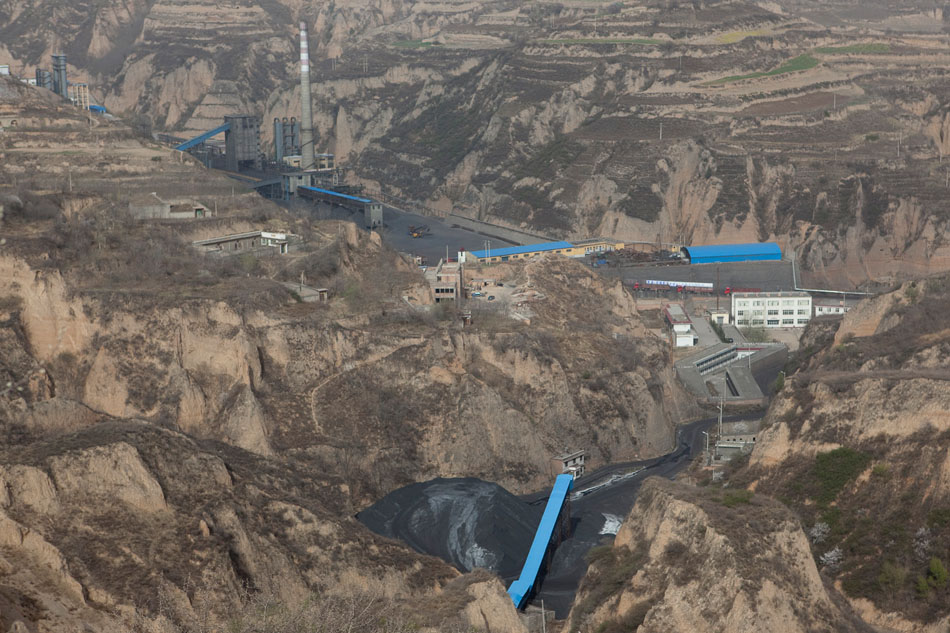
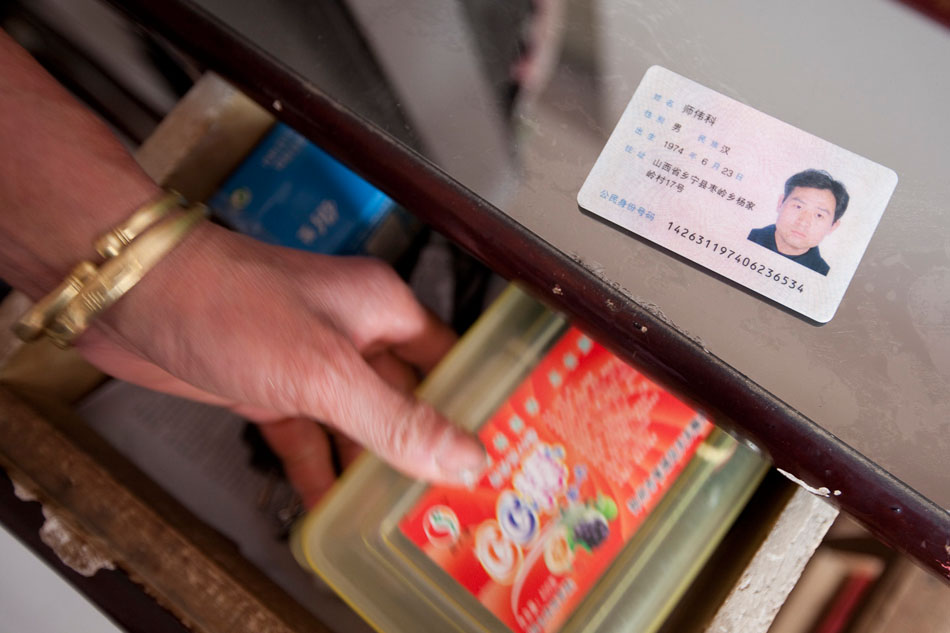
Mar 23, 2010 | Counterfeit Paradises, Society
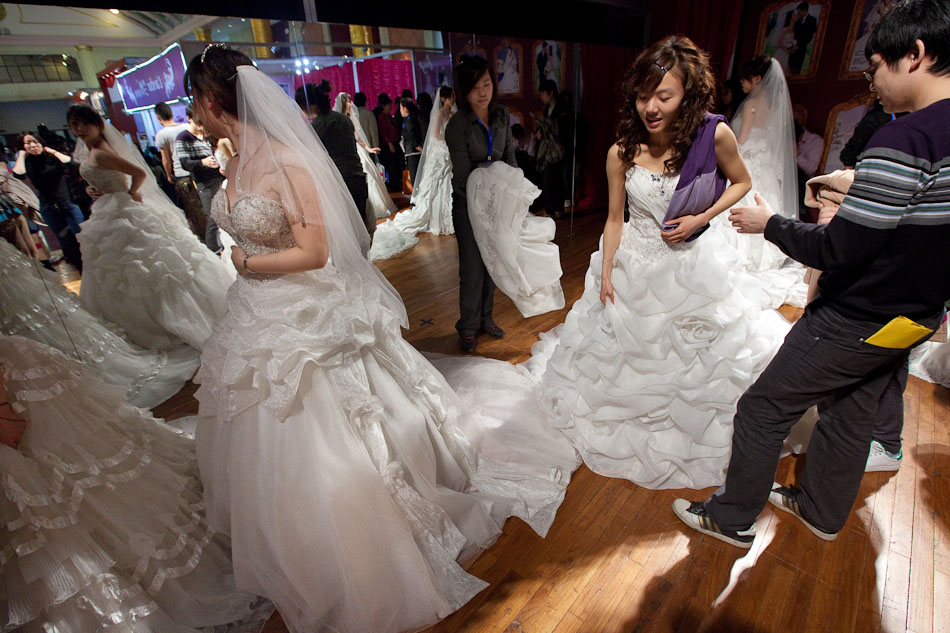
The annual wedding expo went down this past weekend at the Beijing Exhibition Centre much to the delight of hopeful young couples all over Beijing. Booths offering complete wedding packages were packed with small tables and agents showing off their look books and other materials guaranteed to fulfill matrimonial fantasies. In other sections of the expo, young potential brides tried on a wedding gowns of all shapes, sizes, and colors. Quite frankly, the bustle and intensity of the engaged couples was overwhelming – everything was imbued with desire and hope. Right now, western-style weddings are all the hype in China, and people are willing to go to great lengths to guarantee their own vision of modern and cultured wedding ceremony.
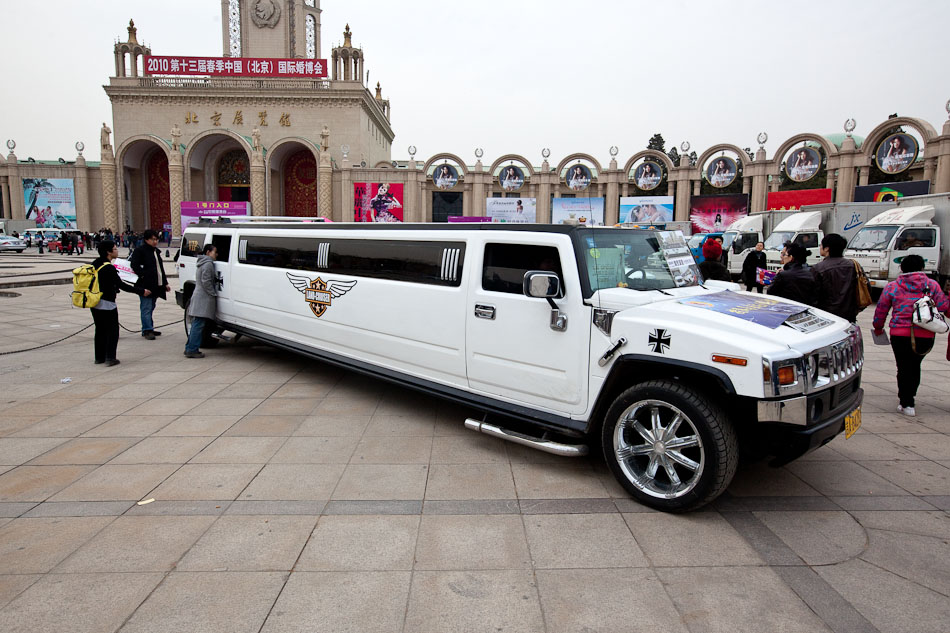
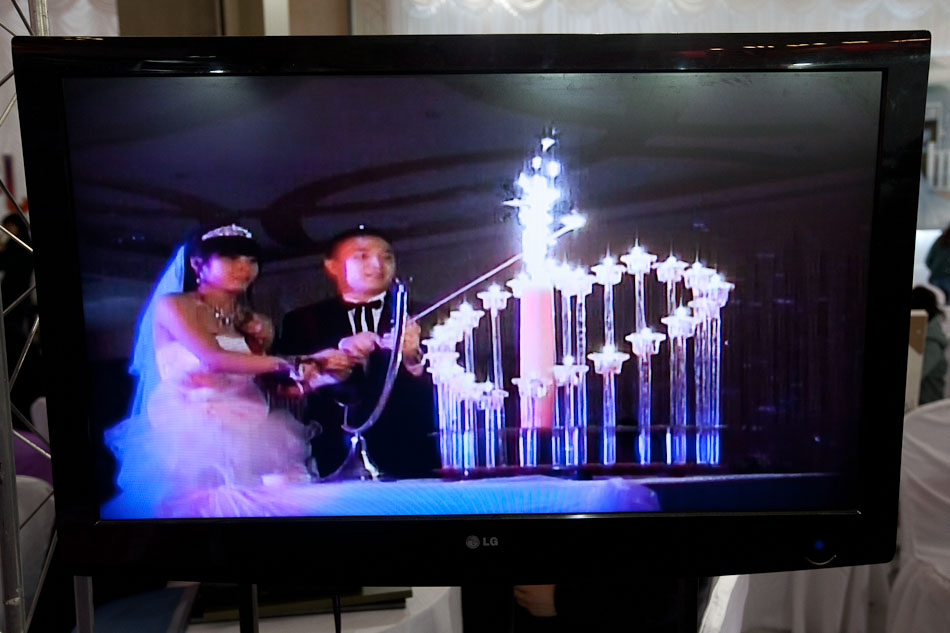
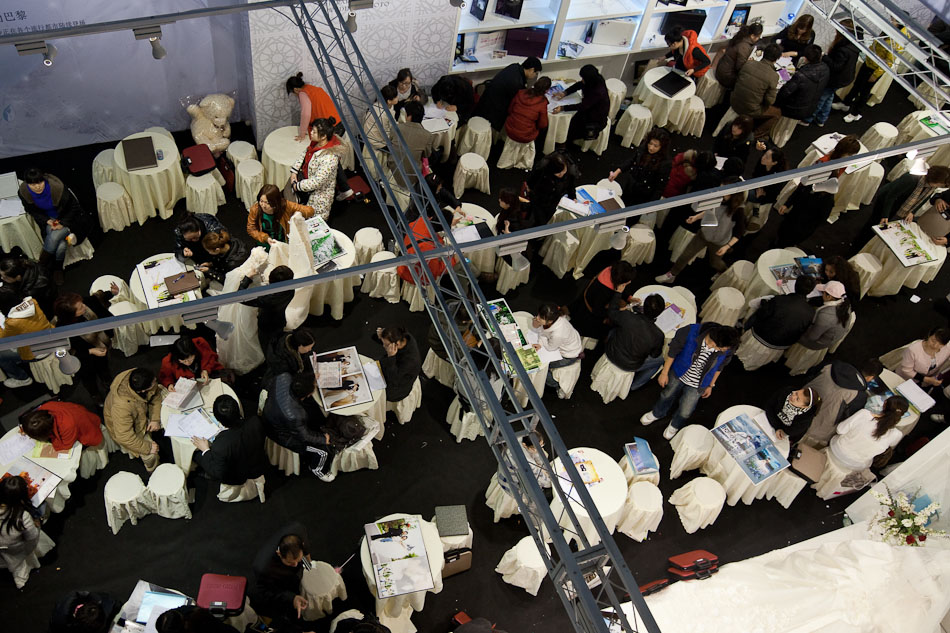
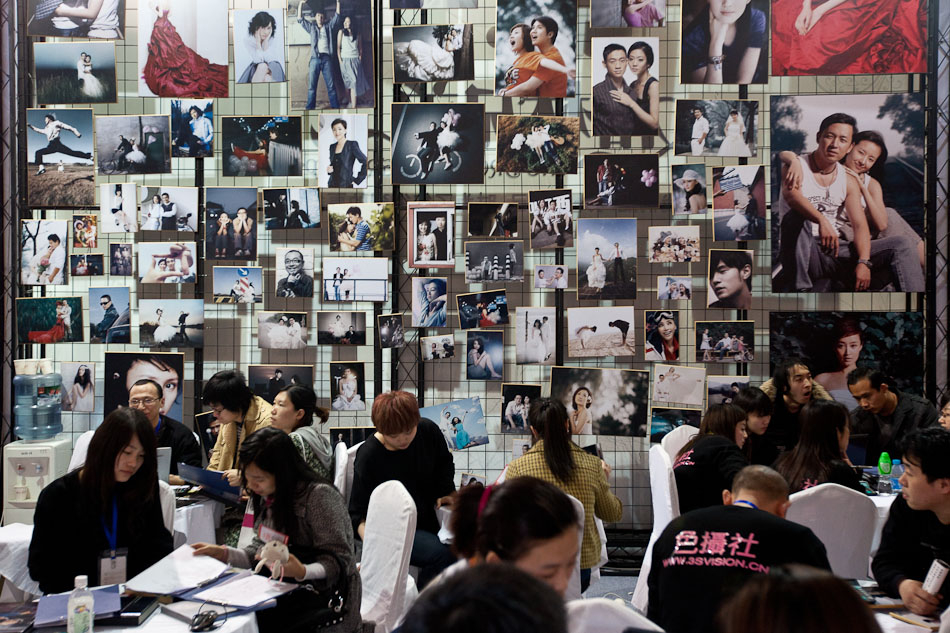
Jan 30, 2010 | Society
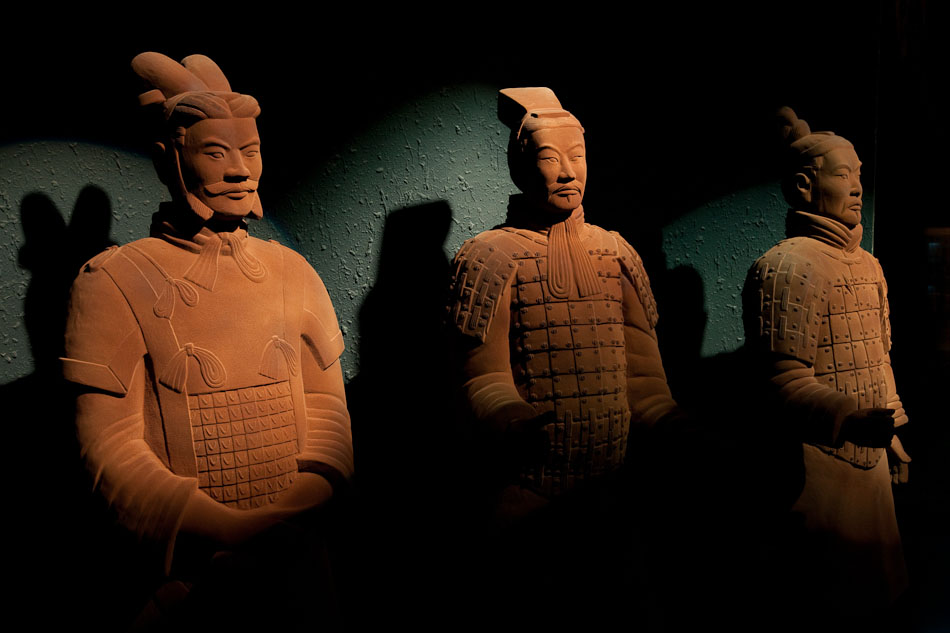
In another outlandish attempt to draw tourists and locals to the Olympic Green, the World Chocolate Wonderland theme park opened just north of the Bird’s Nest stadium to a mixture of awe and bewilderment. The strange assortment of exhibits and objects made of chocolate defies description. Ranging from individual showcases of the history of chocolate in countries famous for chocolate production, to an entire room of various chocolate reconstructions of household and consumer items, the focus and scope of the theme park is haphazard at best. Walking past the chocolate Terracotta Warriors, a Great Wall of Chocolate, and a life-size chocolate BMW, I couldn’t help but feel the theme park represented another exercise in postmodern irony. The visual feast was also picked up by the BBC and Salon. God knows what the Beijing municipal government will think of next to lure people up to the Olympic Green as they continue to struggle to support its grand infrastructure investments for the 2008 Olympic Games.
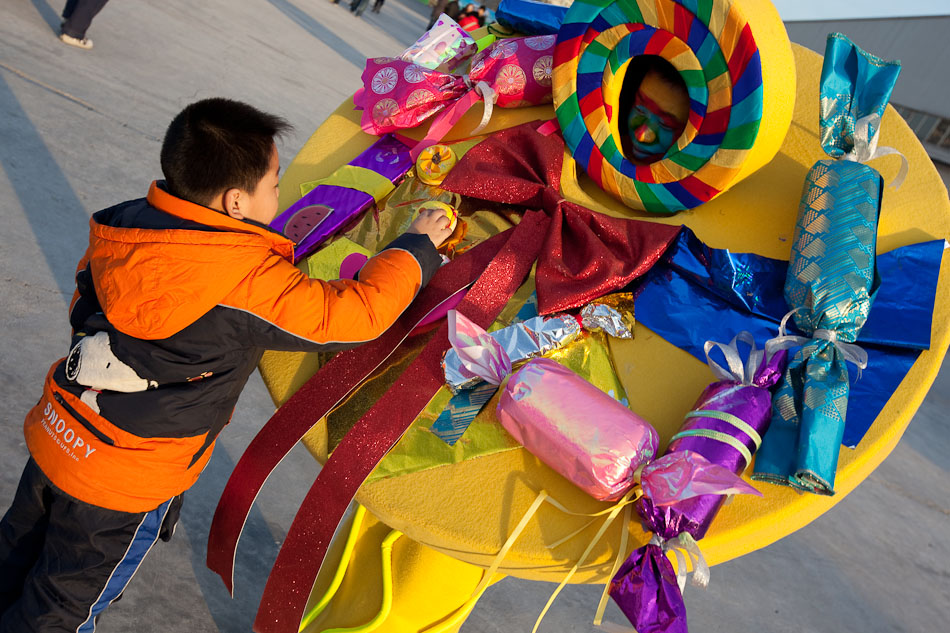
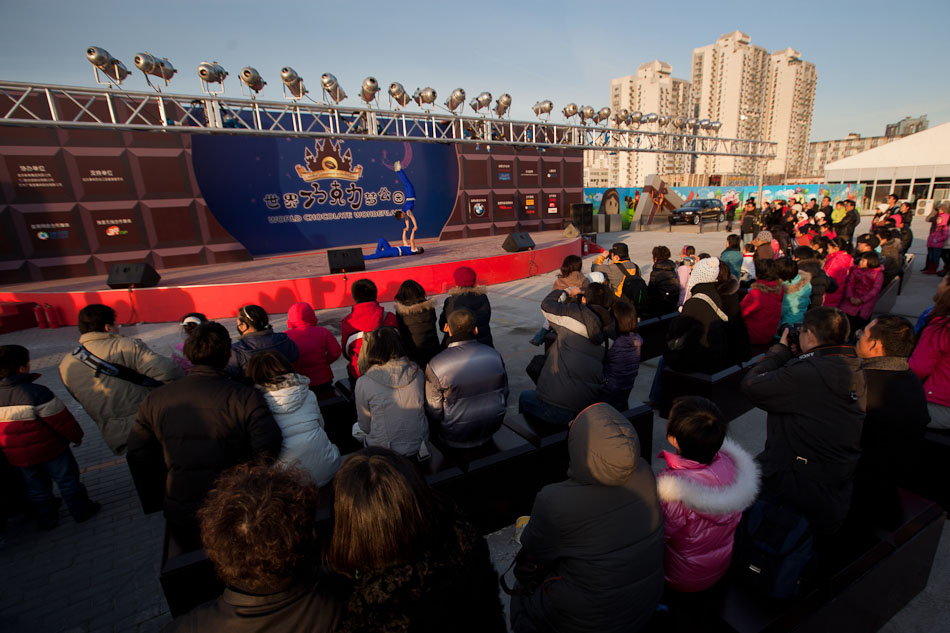

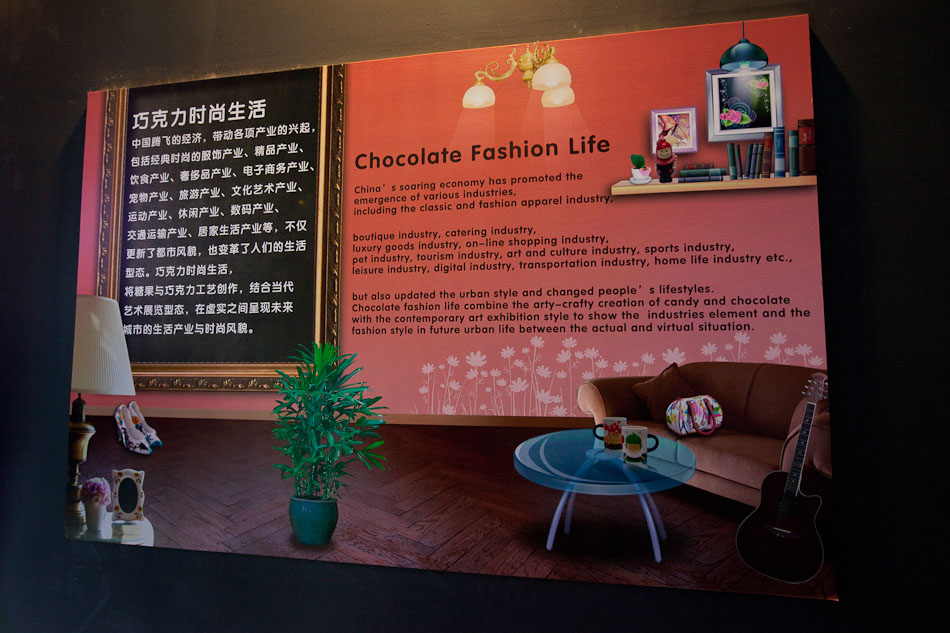
Oct 5, 2009 | Society
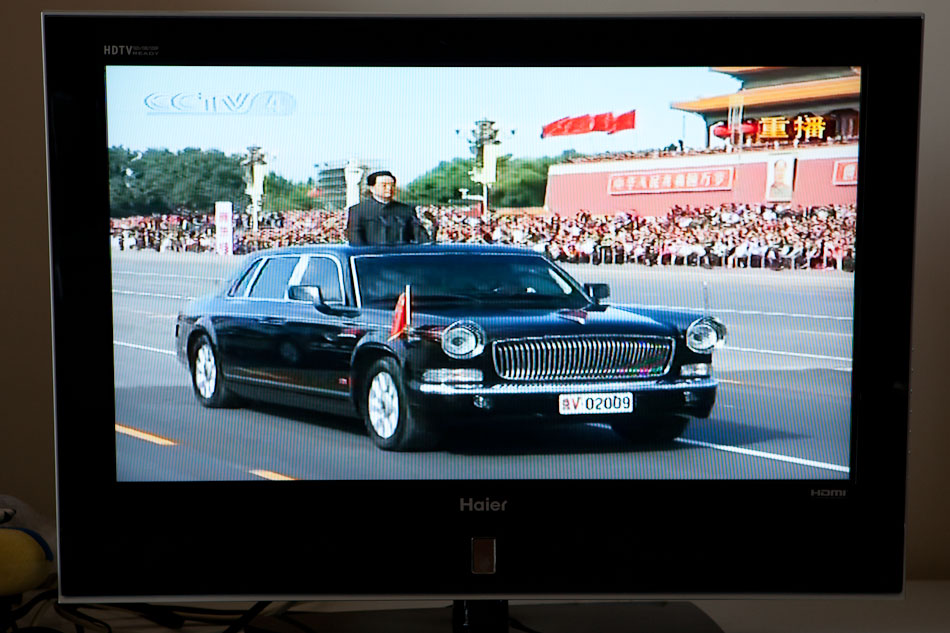
The celebrations surrounding the 60th Anniversary of the foundation of the People’s Republic of China took over Beijing this past week. However, on the actual anniversary, October 1, people were cleared off the streets due to the high-profile military parade snaking across the head of Tiananmen Square. Everything was carefully orchestrated for this massive made-for-TV event. Even the sky miraculously turned a deep blue thanks to weather control programs. In the end, the only way people could really interact with the special occasion was complaisantly at home via televised programming or by cramming into Tiananmen Square over the next week to inspect the floats used in the parade. Despite all the control, everyone was stirred up into a proper nationalistic fervor.













































